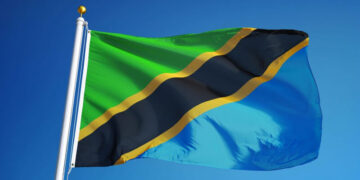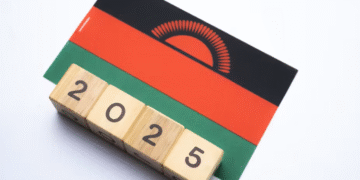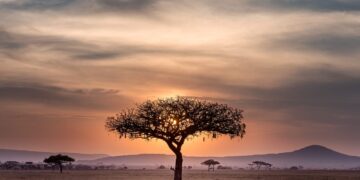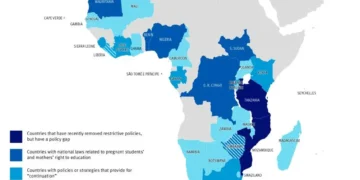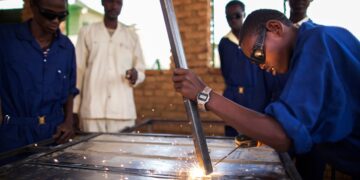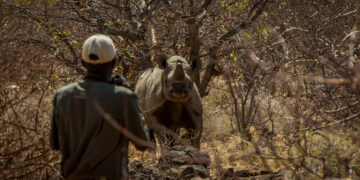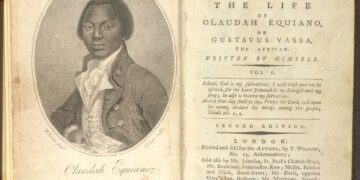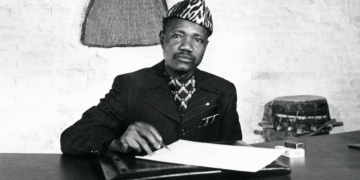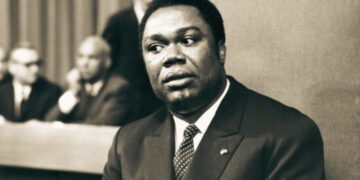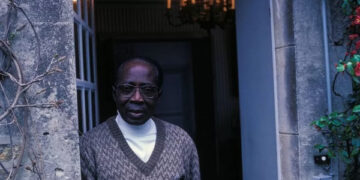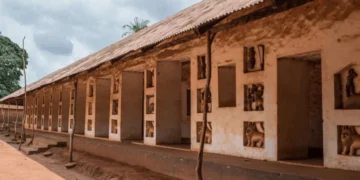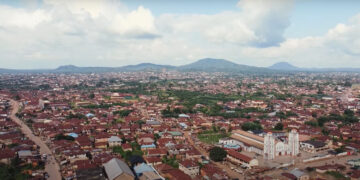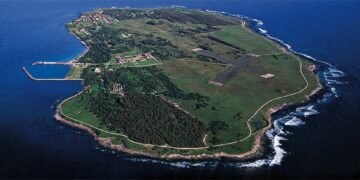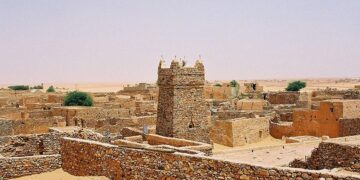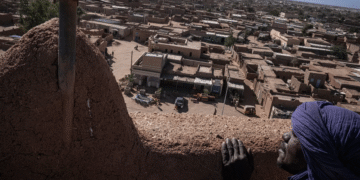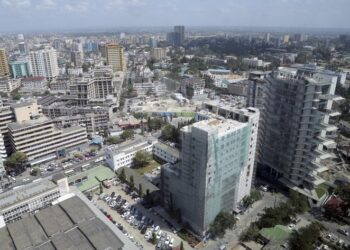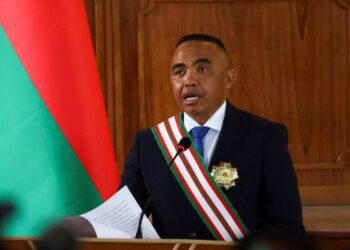The Hutu people, also known as the Abahutu, are agricultural Bantu-speaking ethnic group. They mainly live in Rwanda, Burundi and the eastern Democratic Republic of Congo, where they form one of the principal ethnic groups alongside the Tutsi and the Great Lakes Twa. They form one of the principal population divisions alongside the Tutsi and the Twa.
The Hutu is the largest of the four main population divisions in Burundi and Rwanda and constitute over 12.5 million people. According to the Central Intelligence Agency, 84% of Rwandans and 85% of Burundians are Hutu, with Tutsis the next largest ethnic group at 15% and 14% of residents in Rwanda and Burundi, respectively.
Hutu, Bantu-speaking people of Rwanda and Burundi. Numbering about 9,500,000 in the late 20th century, the Hutu comprise the vast majority in both countries but were traditionally subject to the Tutsi, warrior-pastoralists of Nilotic stock.
Historically, when the Hutu first entered the area, they found it inhabited by the Twa, Pygmy hunters whom they forced to retreat. Hutu life centred on small-scale agriculture, and social organization was based on the clan, with petty kings (bahinza) ruling over limited domains. The Tutsi in turn entered the area in the 14th or 15th century and gradually subjugated the Hutu, forcing them into a lord–vassal relationship.
The Hutu and Tutsi cultures have been largely integrated. The Tutsi adopted the mutually intelligible Bantu languages of Rwanda and Rundi, which were originally spoken by the Hutu. The Hutu’s kinship and clan system is probably derived from Tutsi culture, as is the central importance of cattle. The Hutu and the Tutsi adhere essentially to the same religious beliefs, which include forms of animism and (today) Christianity.



